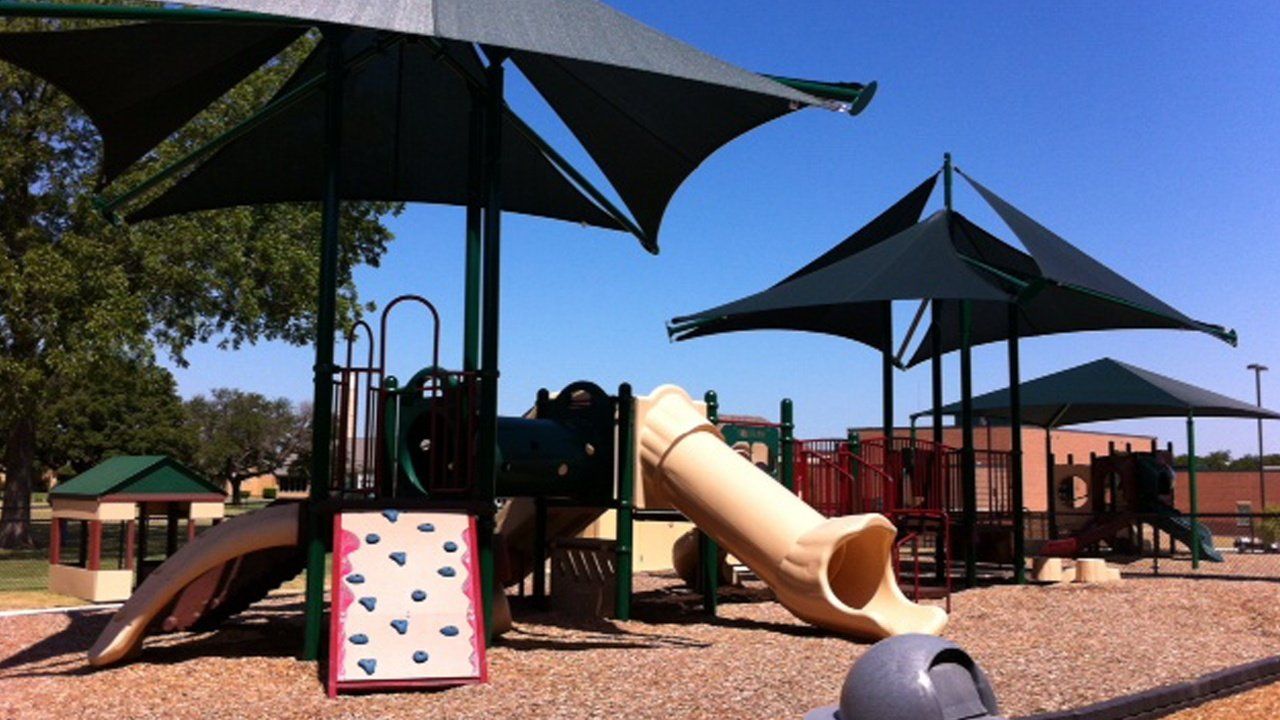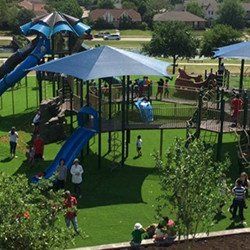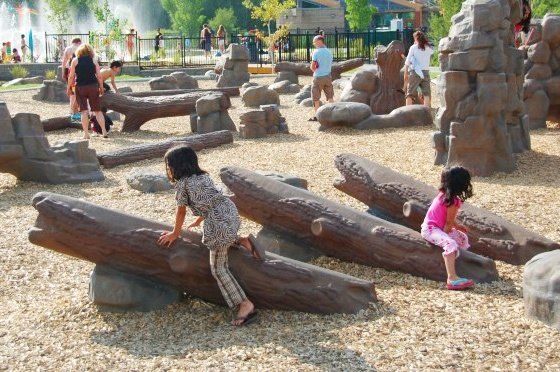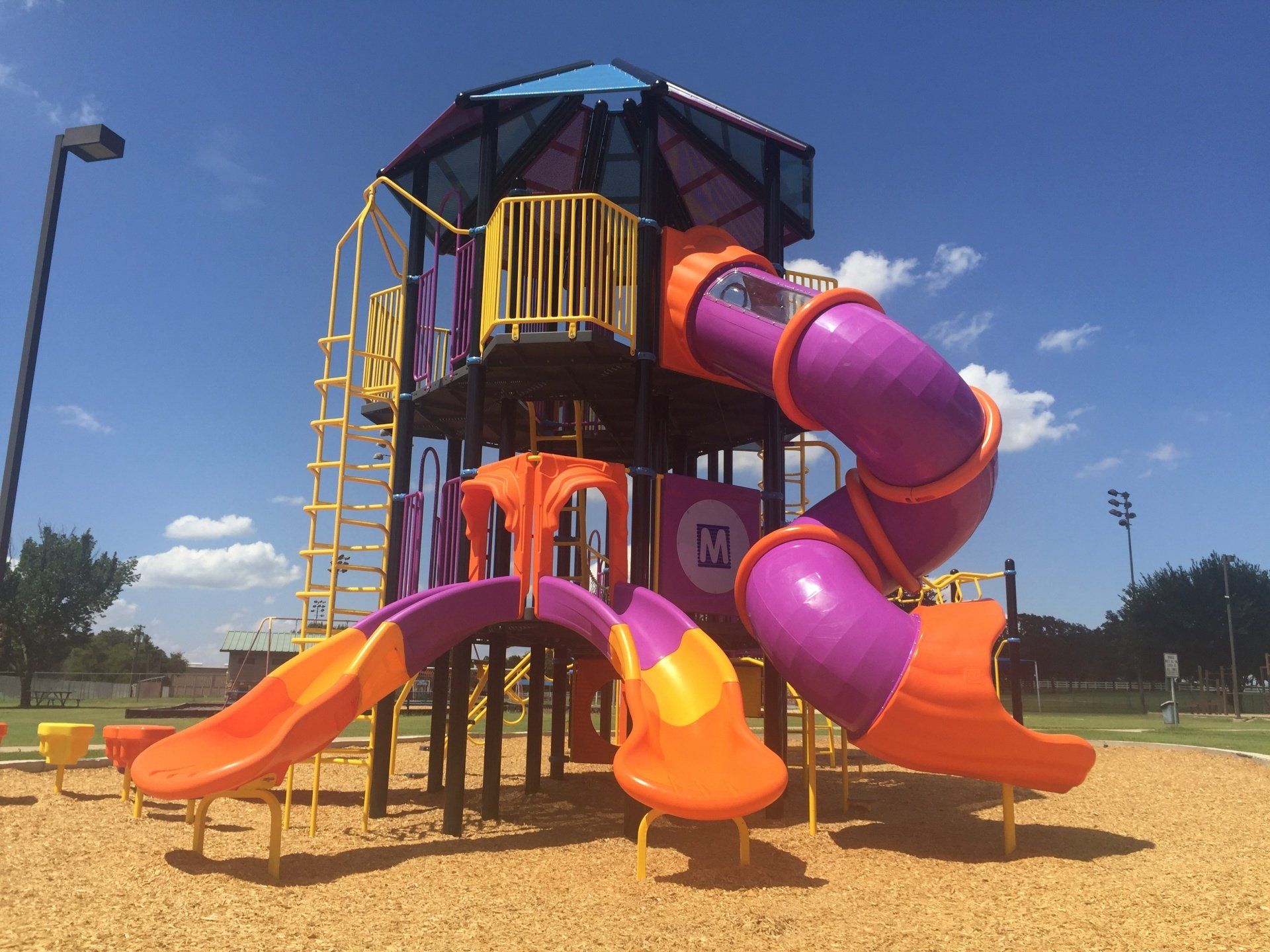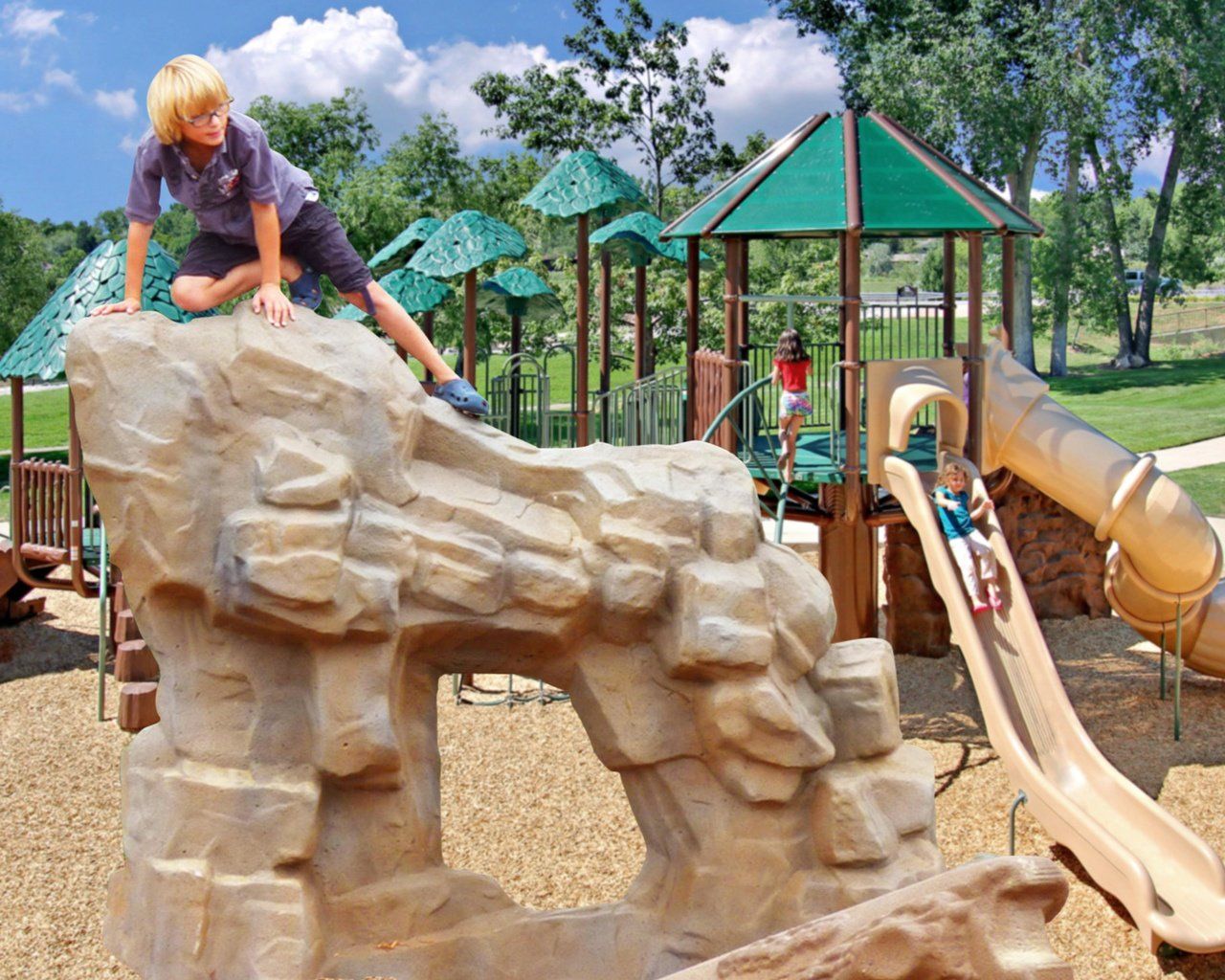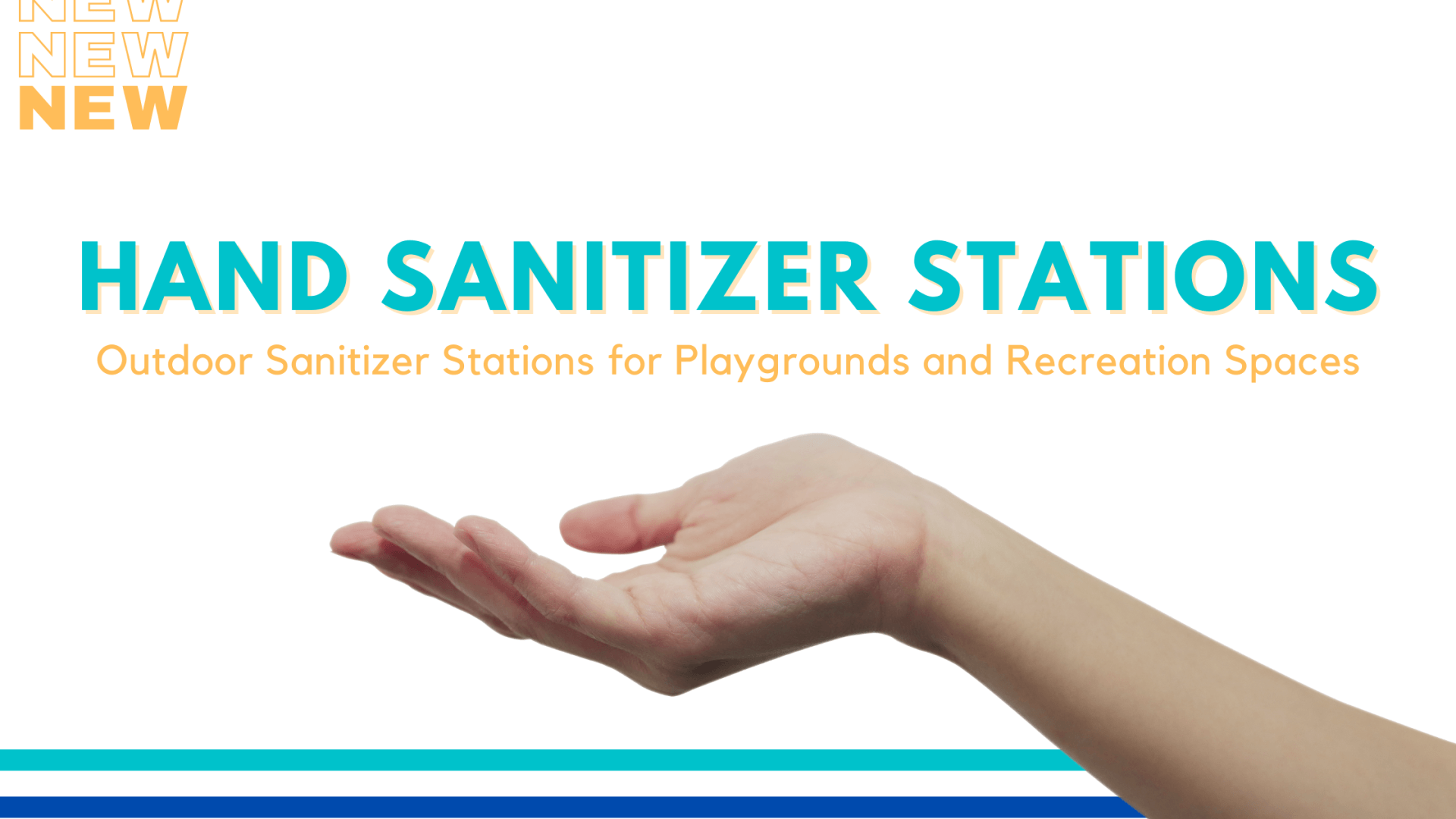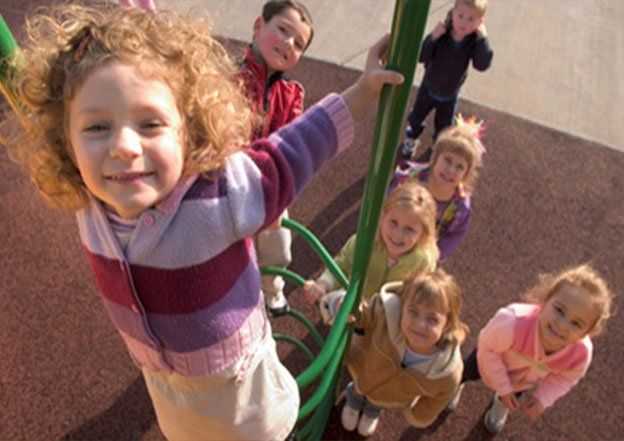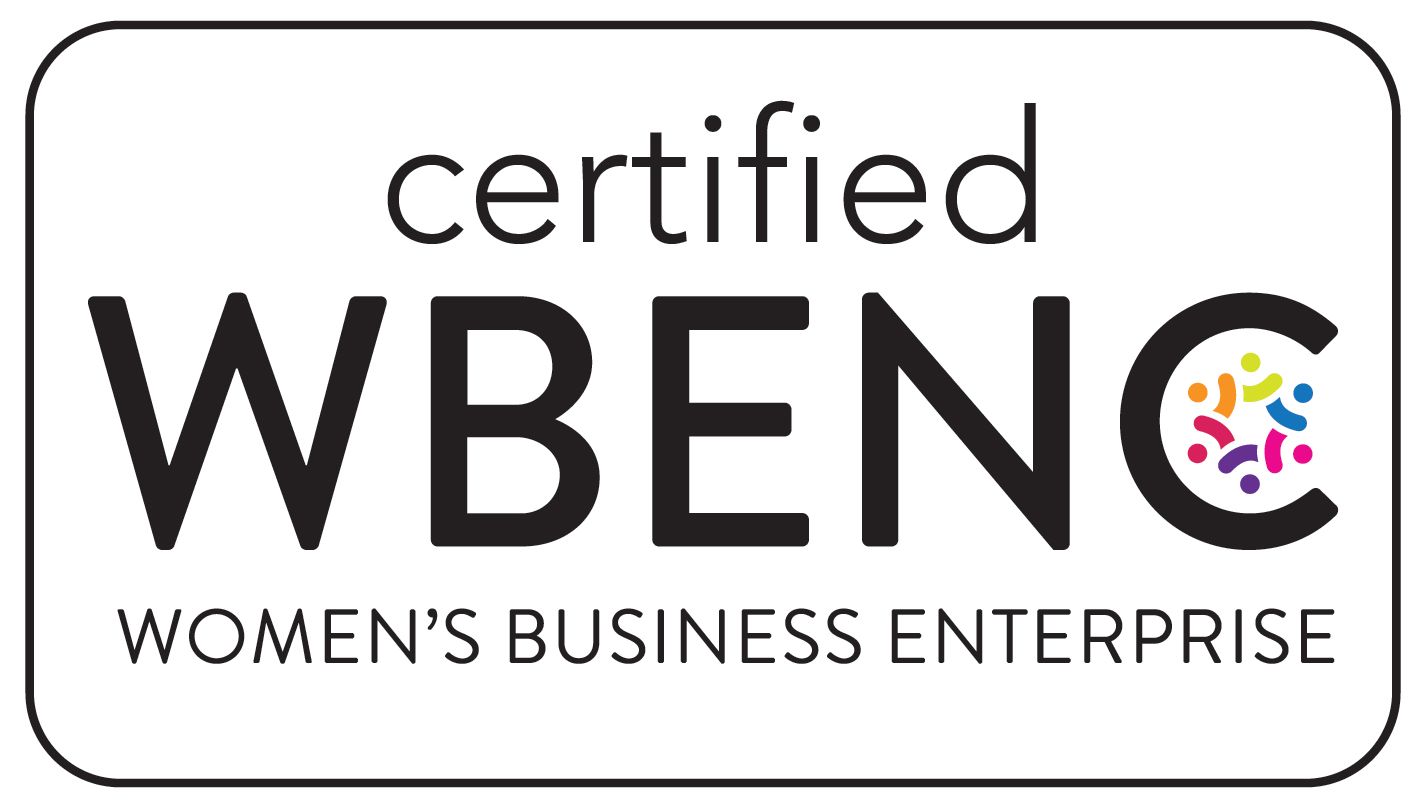The Five Fundamental Strategies for Designing a Playground for All
Inclusive Playgrounds are Playgrounds for All
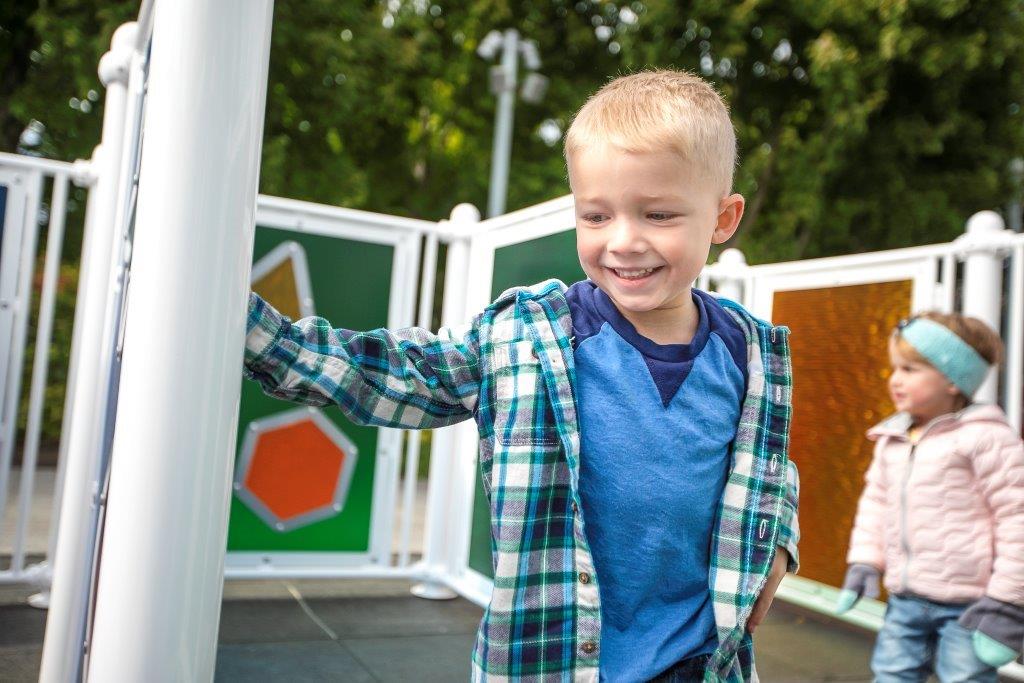
The Five Fundamental Strategies for Designing a Playground for All
Are you adding a new playground to your community? Are families excited to see what the new playground will look like? How about families raising children with disabilities? Have you included them in the discussion? Families raising children with disabilities see the new playground as an opportunity to be a part of the community instead of apart from the community. With more than 400,000 children who have disabilities in Texas, parks and recreation administrators will also welcome the opportunity for inclusion.
Inclusive playgrounds are Playgrounds for All. They are accessible, multi-sensory, and social environments designed to challenge children with physical and neurological disabilities as well as children who are neuro-typical. Playgrounds for All ensure that everyone has choices when it comes to where they want to play. Using strategies to eliminate surprises and provide places to decompress help children with autism enjoy the community asset.
1. Playgrounds for All are Accessible
Since 2012, all new and renovated playgrounds must meet regulations laid out in the Americans with Disabilities Act (ADA). The ADA is the least you can do according to the law. Accessible playgrounds enable people using mobility devices to get to, through and around the playground.
The biggest decision that you will need to make about accessibility is what type of safety surfacing will you purchase? While Engineered Wood Fiber (EWF) meets the ADA criteria, there are significant problems with this choice. Maintaining EWF surfacing so that it continues to meet ADA regulations requires regular raking and refilling. If you choose EWF, make sure you have a written maintenance plan and follow it; otherwise you open yourself up to lawsuits. The real problem is that even though EWF meets the ADA in the lab, it is rare that a person using a mobility device such as a wheelchair or walker can maneuver through the space — their devices get stuck in the mulch.
Playgrounds for All go far beyond the Americans with Disabilities Act regulations by providing wide routes, flush transitions, and unitary surfacing. The travel routes around and through the playground and surrounding areas are wide enough for people and wheelchairs to pass, transfer onto and off of equipment, and get close to activities. Protective surfacing (such as rubber tiles, mats, turf, or a combination of energy-absorbing materials) forms a unitary shock-absorbing surface. This type of surfacing makes it easier for wheelchairs and strollers to enter and navigate in the playspace.
2. Playgrounds for All are Multi-Sensory
Children use their seven sensory systems to explore and try to learn about the environment around them. Sensory play is crucial to brain development. When children use their sensory systems, it helps build nerve connections in the brain’s pathways. As more connections are made, children are more able to complete complex learning tasks. This brain development supports cognitive growth, language development, gross motor skills, social interaction and problem-solving skills.
All children benefit from a multi-sensory environment. Children who are developmentally delayed often need even more exposure to sensory input.
A playground is a perfect place for children to use all of their sensory systems — make sure you deliberately select the equipment and the plantings to meet this goal. Here are some suggestions to engage each sensory system except for taste:
Auditory System (hearing): Musical instruments, talk tubes
Olfactory System (smelling): Plantings with a variety of different smells
Proprioceptive System (body awareness): Climbers, things to jump from, monkey bars
Tactile System (touch): Planting with different textures, equipment with different textures such a play panels or rocks
Vestibular System (movement and balance): Spinners, swings, gliders, spring rockers
Visual System: Equipment that can be looked through, such as telescopes or colored play panels
3. Playgrounds for All are social environments
The playground is an important place for kids to develop their social and cooperative skills. On the playground, children learn to play and interact with each other as they communicate, share and take turns. Playgrounds create platforms for children’s imaginations with shapes, colors, structures and activities that challenge their creativity and encourage pretend play. Include a wide variety of cooperative and imaginary play experiences that create a welcoming and social environment for children. Group spinners and swings are excellent cooperative play equipment and make a great addition to an inclusive playground.
4. Playgrounds for All encourage all children to play
Inclusive playgrounds are places where all children in your community can play. If the playground is only a low ramped structure, children who have strong gross motor-planning skills may easily be bored. On the other hand, if the playground is only a large structure with difficult climbing activities, children with disabilities make not be able to engage in the play.
The solution is to provide graduated levels of challenge to ensure that all ages and abilities are actively engaged on the playground. Placing those different challenge levels close to one another invites engagement between children of different abilities.
Every child is not going to be able to or choose to play on every piece of equipment. But it is important that every child has a choice in how they want to play. If all that is done to a playground to welcome children who use wheelchairs is to add an accessible swing seat, then all that child can do is swing. He or she has no other options. Well-designed Playgrounds for All provide at least three play choices for children who need postural support and/or use a wheelchair.
Accessible gliders, inclusive whirls, accessible zip lines, bird-nest swings, group spinners designed with postural support, and ground-based play like musical instruments are all excellent choices for children who need postural support. The great thing about these options is that they often attract children of varying ages and abilities, creating spaces on the playground where everyone is playing together.
5. Playgrounds for All ensure children do not get overwhelmed
For some children, including many with autism and sensory processing disorder, a playground can overload their sensory systems. There are simple strategies that you can implement to help prevent this overload or to help a child regroup.
Install a sidewalk that encircles your playground. The sidewalk becomes an orientation path for children. They can walk around the entire playground and determine the best place for them to play today. Some days, being in the most active areas of the playground is fine, but other days, some children may need to move to a quieter location. The orientation path allows them to figure out the dynamics of the playground before engaging. It also provides a “safe space” to return to when the play becomes overwhelming.
Another good strategy is to create a quiet, cozy space away from the major action for a child to go when they become overwhelmed. The space should be in the quietest place on the playground. The child will want to feel like they are in a small enclosed area, but enabling a parent to keep an eye on the child is important. Having extra tactile experiences in the area can help reduce anxiety. The space can be created with landscaping or by combining a variety of play panels.
After surfacing, the most requested element from parents raising children with disabilities is fencing. The Interactive Autism Network Research Report states that roughly half of children with an Autism Spectrum Disorder (ASD) attempt to elope (run away) from a safe environment, a rate nearly four times higher than their unaffected siblings. When children elope, two in three parents reported their missing children had a “close call” with a traffic injury. About 62% of families of children who elope were prevented from attending/enjoying activities outside the home due to fear of wandering. By adding a fence to your playground, you help reduce the anxiety parents feel about being outside.
Conclusion
it is possible to improve the inclusivity of every playground with conscious design-making and good layout, regardless of budget. Following are some good places to start making your playgrounds more inclusive:
·Recruit parents of children with disabilities from your community to help set priorities.
·Work with your playground representative to ensure that your accessible routes are even wider than 60” — 72” allows two wheelchairs to pass one other.
·Work with all of the installers to ensure that the surfacing is flush and no one will get hurt as they move from surface to surface. There should be no more than ¼” difference between surfacing.
·Commit to one ground-based cooperative play activity designed for someone using a wheelchair such as a group swing, group spinning, or an accessible glider or whirl.
·Add an orientation path and a cozy space.
By designing sensory environments that are accessible and challenging for all, you create a community asset that will be loved by all the children in your community.
Mara Kaplan is an Inclusive Play Design Specialist and owner of Let Kids Play, an inclusive consulting firm. She has 25 years of experience in designing welcoming and inclusive play spaces.
